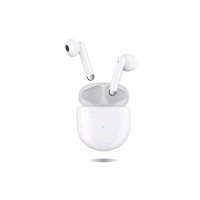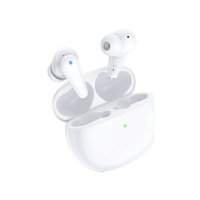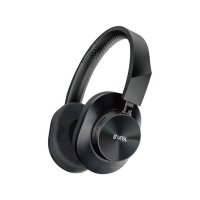Can I Use My Noise-Canceling Headphones Without Playing Music?
Yes, you can use noise-canceling headphones without playing any music. In fact, many people use them purely for their active noise cancellation (ANC) features to create a quieter environment, whether at work, on a flight, or in a noisy café.
But how does that work—and are there any downsides?
Let’s explore.
How Noise-Canceling Works Without Music
Noise-canceling headphones use built-in microphones to detect external ambient sounds and then produce inverse sound waves to cancel them out. This process, known as active noise cancellation, works independently of audio playback.
That means:
You can activate ANC without playing music.
The headphones will still reduce environmental noise like engine hum, fan noise, or chatter.
Some models even offer a “noise-canceling only†mode for exactly this purpose.
When Might You Use Them Without Music?
âœˆï¸ During Flights or Commutes
Block out the roar of engines or train noise to make travel more peaceful—even without listening to anything.
🧘â€â™€ï¸ For Focus or Meditation
Create a distraction-free zone while reading, working, or practicing mindfulness.
😴 While Sleeping
Some users wear them to drown out snoring or city noise while trying to rest (though over-ear models may not be ideal for side-sleepers).
Important Considerations
1. Battery Life
ANC consumes battery, even when music isn’t playing. Some headphones may last less time when used with ANC only.
2. Pressure Sensation
Some people experience a “pressure†feeling in their ears due to how ANC cancels low-frequency noise. This is normal but can be uncomfortable for some.
3. Ambient or Transparency Mode
If you want to block sound but still hear important announcements (like at airports), switch to Ambient or Transparency Mode instead of ANC.
How to Enable Noise-Canceling Without Music
Most wireless noise-canceling headphones offer a physical button or an app-based toggle to turn ANC on/off.
Sony, Bose, JBL, Apple AirPods Max, etc. allow ANC mode without requiring audio playback.
Wired ANC headphones typically enable noise-canceling through a built-in battery or switch.
Final Thoughts
Using your noise-canceling headphones without playing music is not only possible — it's one of their best features. Whether you’re trying to focus, relax, or sleep, ANC can help you tune out distractions and create your own peaceful bubble.



